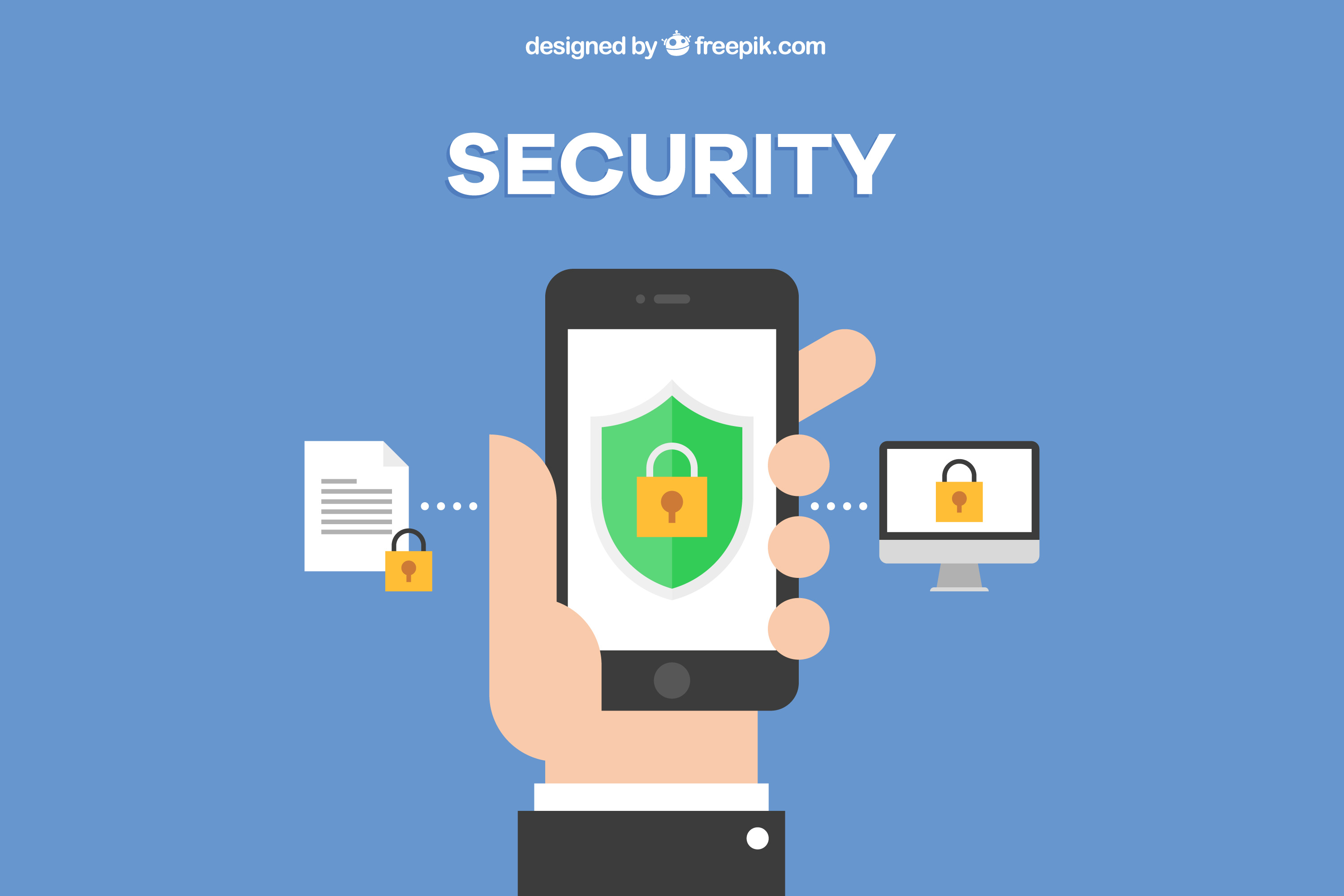In the era of smartphones and digital connectivity, our devices are not just tools; they are repositories of sensitive information ranging from personal details to financial data. As we increasingly rely on mobile applications to streamline our lives, ensuring robust app security becomes paramount. In this comprehensive guide, we’ll explore the fundamentals of App Security (also known as application security) and provide practical tips to keep your device safe and sound in an ever-evolving digital landscape.

Understanding App Security: A Necessity in the Digital Age
App security refers to the measures and protocols implemented to protect mobile applications from potential threats, including unauthorized access, data breaches, and malicious activities. Given the sheer volume of personal and sensitive information stored on our devices, the importance of app security cannot be overstated. Whether you’re using banking apps, social media platforms, or productivity tools, understanding and implementing effective app security practices is crucial for safeguarding your digital realm.
The State of Mobile App Security
As mobile applications become more sophisticated, so do the tactics employed by cybercriminals. Common security threats include:
Data Breaches: Unauthorized access to sensitive user information.
Malware: Malicious software designed to harm your device or steal information.
Phishing: Deceptive attempts to obtain sensitive information through fake websites or communications.
Insecure Data Storage: Weak encryption leading to potential data exposure.
Unauthorized Access: Exploiting vulnerabilities to gain access to restricted areas of an app.
Key Principles of App Security
1. Data Encryption:
Utilize robust encryption mechanisms to safeguard data both in transit and at rest. Encryption ensures that even if unauthorized access occurs, the data remains indecipherable.
2. Secure Authentication:
Implement strong authentication methods, such as two-factor authentication (2FA), to add an extra layer of security. Passwords alone are increasingly vulnerable to breaches, and multifactor authentication mitigates this risk.
3. Regular Software Updates:
Keep your apps and operating system up to date. Developers frequently release updates that include security patches to address known vulnerabilities. Delaying updates exposes your device to potential exploits.
4. App Permissions:
Be cautious when granting app permissions. Review and understand the permissions requested by each app, and grant only those necessary for its functionality. Unnecessary permissions may compromise your privacy and security.
5. Biometric Security:
Leverage biometric authentication methods, such as fingerprint or facial recognition, when available. Biometrics add an extra layer of security and convenience, making it more challenging for unauthorized users to access your device.
6. Secure Network Connections:
Avoid using public Wi-Fi for sensitive transactions. If necessary, use a virtual private network (VPN) to encrypt your connection and protect your data from potential eavesdropping on unsecured networks.
7. App Source Verification:
Download apps only from official app stores, such as the Apple App Store or Google Play Store. Third-party app sources may distribute malicious software, posing a significant risk to your device’s security.
8. User Education:
Stay informed about the latest security threats and best practices. Educate yourself on common phishing tactics and be cautious of unsolicited communications or suspicious links.
Best Practices for App Security
1. Conduct Regular Security Audits:
Regularly review the security settings and permissions of your installed apps. Remove any apps you no longer use and audit the permissions granted to the remaining ones.
2. Implement Strong Passwords:
Create unique and strong passwords for each app, combining uppercase and lowercase letters, numbers, and symbols. Consider using a reputable password manager to generate and store complex passwords securely.
3. Enable Device Lock:
Set up a secure lock screen on your device, such as a PIN, password, or biometric authentication. This adds an additional layer of protection in case your device falls into the wrong hands.
4. Backup Your Data:
Regularly back up your device to secure your data in case of loss, theft, or a security incident. Ensure that the backup is stored securely, preferably encrypted.
5. Monitor App Permissions:
Periodically review the permissions granted to each app on your device. If an app requests permissions that seem unnecessary for its functionality, reconsider whether you want to continue using it.
6. Stay Informed About Security Updates:
Enable automatic updates for your apps and operating system. Stay informed about security updates and apply them promptly to patch vulnerabilities and enhance app security.
7. Use Security Features Provided by Apps:
Take advantage of security features offered by individual apps, such as additional authentication methods or privacy settings. Customize these settings according to your preferences and security requirements.
Emerging Trends in App Security
As technology evolves, so do the strategies employed by cybercriminals. Stay informed about emerging trends in app security to proactively protect your device:
Zero Trust Security Model: A security paradigm that trusts no one, not even those within the network. It emphasizes continuous verification and validation of user identities and device statuses.
Mobile Threat Defense (MTD): Solutions that detect and mitigate mobile-specific security threats, such as malicious apps and network-based attacks.
Containerization: Isolating apps in secure containers to prevent them from accessing unauthorized data or functions on the device.
Conclusion: Fortifying Your Digital Fortress with App Security
In the age of digital interconnectedness, ensuring the security of your mobile apps is a responsibility that comes with the convenience and power of modern technology. By implementing the principles, best practices, and staying informed about emerging trends outlined in this guide, you can fortify your digital fortress and mitigate the risks associated with app security threats.
Remember that app security is a continuous process, requiring vigilance and proactive measures. Stay educated, adopt a security-first mindset, and empower yourself to navigate the digital landscape securely. By embracing these practices, you not only protect your personal data but also contribute to the collective effort in building a safer and more secure digital ecosystem. App security is not just a choice; it’s a responsibility we all share in the interconnected world of today.
Related Articles:
1. Smartphone Security 101: The Steps That Matter Most
2. Mobile Security 101: Common Threats and How to Protect …
3. Cybersecurity 101: Everything on how to protect your …




